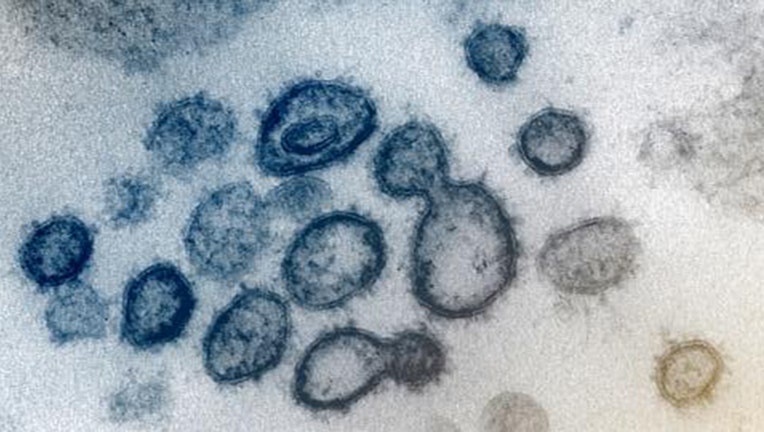University of Minnesota infectious disease experts outline 3 scenarios for COVID-19 pandemic

MINNEAPOLIS (FOX 9) - The University of Minnesota's Center for Infectious Disease Research and Policy is outlining its recommendations for the next steps in the COVID-19 pandemic response by looking at three possible scenarios for how the virus will impact the public.
The program released a report Thursday, marking the first of a new multipart series called, "COVID-19: The CIDRAP Viewpoint."
"The steps we will recommend will be based on our current reality and the best available data," ead the preface from CIDRAP Director Michael Osterholm. "Our goal is to help planners envision some of the situations that might present themselves later this year or next year so that they can take key steps now, while there’s still time."
The first report reflects on the COVID-19 pandemic so far and compares it to pandemics of the past, such as the 1918 Spanish flu. By looking at behavior patterns from past influenza outbreaks, CIDRAP experts believe the coronavirus pandemic may last 18 to 24 months. In the new report, CIDRAP outlined three possible scenarios.
Scenario 1: The first wave of COVID-19 is followed by a series of repetitive waves that occur through the summer consistently over a period of 1 to 2 years and will gradually diminish in 2021. In this scenario, there may be a cycle of times when mitigation measures are in place, followed by times with relaxed mitigation measures over 1 to 2 years.
Scenario 2: The first wave is followed by a larger wave in the fall or winter of 2020, which will require mitigation measures to be reinstated to help reduce the spread. This is a similar pattern to the 1918 pandemic.
Scenario 3: The first wave is followed by a "slow burn" of ongoing transmission, but does not follow a clear wave pattern. This scenario has not been seen in previous influenza pandemics, but is possible for COVID-19. This version would likely not need mitigation measures to be reinstated, but deaths and cases would still happen.
Whatever the scenario that enfolds, CIDRAP recommends state and tribal leaders to plan for the worst-case scenario that a large second wave could occur this fall. That involves creating strategies to guarantee PPE for healthcare workers, creating concrete mitigation plans and preparing the public for possible resurgences over the next two years.

